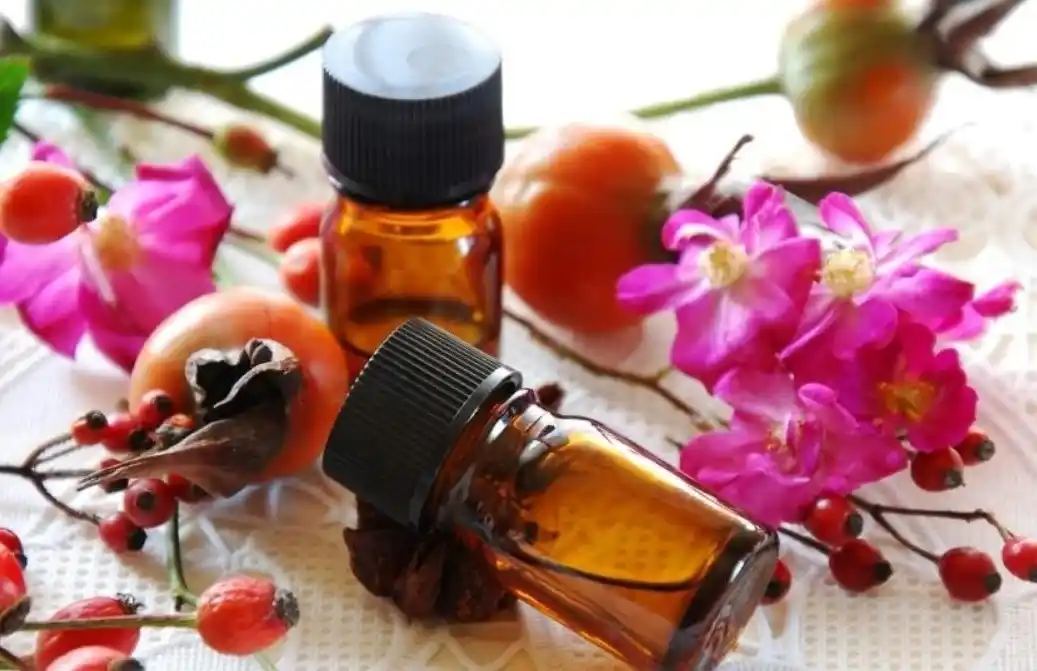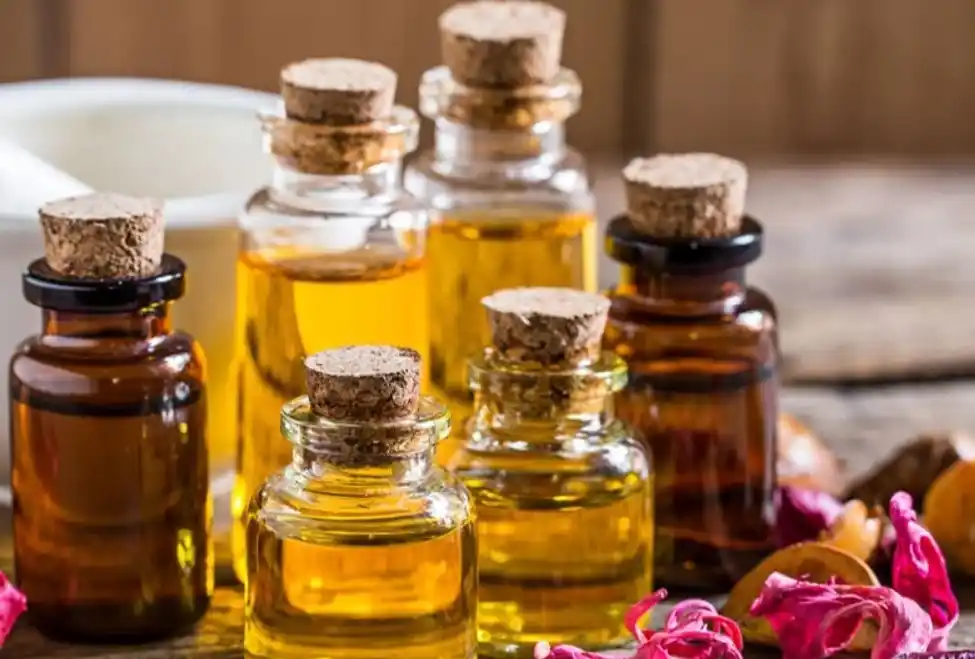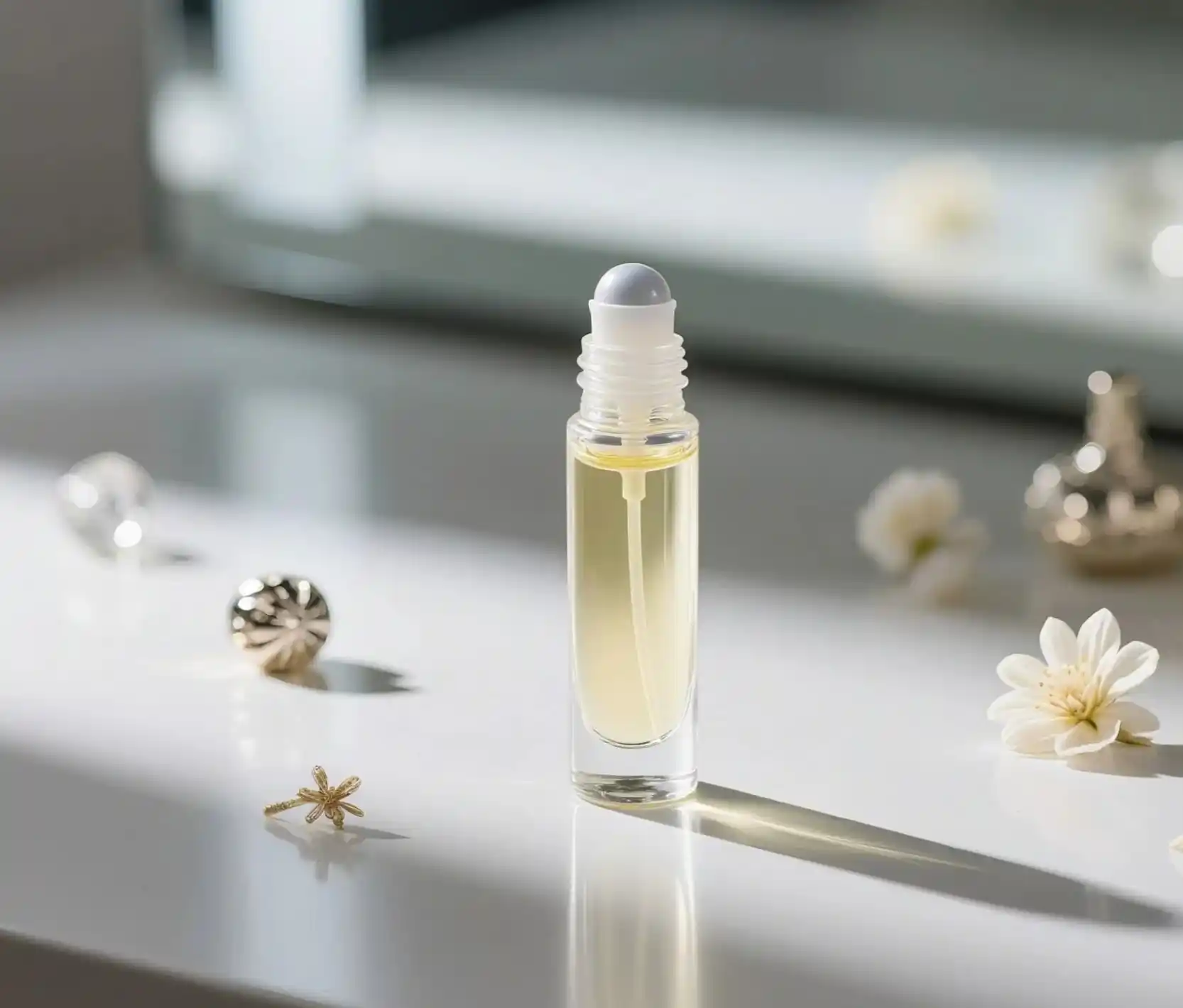



You want clean, safe, great-smelling juice that can pass audits and scale. You also don’t want drama at customs or a platform takedown because a doc was missing. Here’s a straight, no-fluff guide to picking an IFRA-compliant fragrance oil supplier in China—what to check, how to verify, and where a partner like I’SCent can actually save you weeks.
IFRA (International Fragrance Association) sets Standards that cap or restrict certain aroma chemicals across Categories 1–11 (skin, hair, body, home, candles, etc.). The 51st Amendment tightened limits and added new restrictions. You don’t “get certified by IFRA.” Instead, the supplier issues an IFRA Certificate (a self-declaration) for each fragrance, showing:
What you do: ask for the IFRA Certificate per fragrance, per scene. If it doesn’t say “51st Amendment” and the Category you’ll use, you stop and request a fresh one. No guesswork, no later “oops.”

Use this table like a bench-top “go/no-go.” Keep it on your cut sheet.
| Screening Metric | What Good Looks Like | Quick Test You Can Do |
|---|---|---|
| IFRA Certificate (51st) | Certificate lists 51st Amendment, Category 1–11 as needed, and max level; signed and dated | Ask for the PDF before any PI/PO. Check category fit (e.g., candles vs. skin). |
| SDS/MSDS | 16-section SDS, current CAS data, hazard phrases, CLP alignment | Open and skim Sections 2, 3, 9. Do they match your label claims? |
| Allergen List | Full declaration (incl. the 26 EU allergens) | Confirm allergens that trigger your market’s label rule. |
| COA/TDS | Batch COA shows spec pass/fail; TDS covers density/flash point, etc. | Ask for last batch COA. Look for batch-to-batch consistency notes. |
| R&D Capability | Real bench work: re-formulation for category limits, odor matching | Ask for a bench sample turnaround plan and what they tweak if a limit bites. |
| System & Traceability | ISO/GMP in place, ERP lot trace, hold-release control | Request a screenshot/redacted report from ERP showing lot-tracking. |
| Speed | Samples in days, pilot batch in days, mass in under two weeks | Timebox: “Can you ship a bench sample within 1–3 days?” |
| MOQ & Scale | Low pilot MOQ; flexible ramp to production | Confirm MOQ for custom vs. library oils; ask about pilot batch options. |
Want a partner that already ticks these boxes? See Fragrance Oils and Samples & Low MOQ.
If something feels off, it probably is. Ping the formulator to re-balance or swap a restricted component.
Think in packs, not single files. A clean compliance pack includes:
| Document | What to Check | Why It Matters | Source (no external link) |
|---|---|---|---|
| IFRA Certificate (51st) | Category + max level; version exact | Keeps you within safety limits across scenes | IFRA Standards |
| SDS/MSDS (16 sections) | Hazards, CLP, CAS, flash point | Transport, storage, label claims | Safety Data Sheet format |
| Allergen List | The 26 EU allergens clearly listed | Labeling and CPSR inputs | Regulatory practice |
| COA (per batch) | On-spec results; date & batch code | Release control; recall ability | QC lab practice |
| TDS/Spec Sheet | Density, color, solubility, flash point | Fill tests, base compatibility | R&D/QC practice |
Pro tip: add this pack as a line item in your PO. If the pack isn’t complete, the order’s not complete. Simple.
You don’t need to memorize numbers. You do need to confirm the right category and max level for your scenario.
| Use Scene / 场景 | Typical IFRA Category | On the Certificate, Confirm… |
|---|---|---|
| Fine fragrance / Eau de parfum | Cat. 4 | Max level for Cat. 4 supports your payload target |
| Leave-on skin care | Cat. 5 | A level that protects sensitive skin claims |
| Rinse-off (shower, shampoo) | Cat. 9 | Enough headspace with surfactants, but still compliant |
| Lip products | Cat. 1 | Strictest zone; many oils won’t qualify—check early |
| Deo/antiperspirant | Cat. 2 | Watch cumulative exposure across formats |
| Candles / home fragrance | Cat. 11 | Combustion context; check soot/flash point on TDS |
When in doubt, talk to the nose. The formulator can shave a restricted material and keep the accord alive.

Speed kills bottlenecks. If your calendar has retail slots, you can’t wait months.
At I’SCent, we keep this cadence tight: samples in 1–3 days, mass 3–7 days after you lock specs. Low MOQ from 5 kg (custom scents usually 25 kg to start). Check Samples & Low MOQ for how we stage pilots.
Auditors don’t care about pretty binders. They care about control.
I’SCent runs ISO, GMP, Halal, and a modern ERP that tracks lots, materials, and changes. See Certifications and Traceability & ERP.
You can avoid all three with one habit: get the full compliance pack before you print anything.
Clones are easy to promise, hard to land. You want high-fidelity duplication and optional tweaks for your base and region.
I’SCent’s library runs 40,000+ formulas, with 20+ senior perfumers behind the bench. Our duplication accuracy hits ≈98% on target briefs, then we tailor for Category and base. See Fragrance Duplication and Custom Development.

If you sell “clean,” “no XYZ,” or “vegan,” your fragrance must support the claim.
Ask your supplier to put claim-support points in writing on the TDS. Hold them to it. We do this by default at I’SCent.
You don’t need exact numbers here, but you do need structure:
This is how ops teams avoid “surprise” delays.
Explore Fragrance Oils, Custom Development, Fragrance Duplication, Certifications, Traceability & ERP, and Contact.